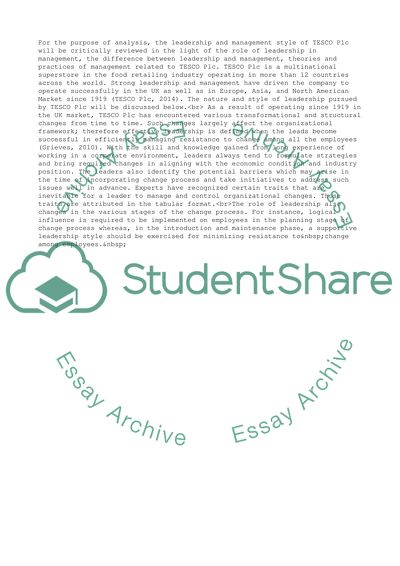Cite this document
(Transforming Your Leadership Culture Case Study - 6, n.d.)
Transforming Your Leadership Culture Case Study - 6. Retrieved from https://studentshare.org/management/1672858-leadership-and-management
Transforming Your Leadership Culture Case Study - 6. Retrieved from https://studentshare.org/management/1672858-leadership-and-management
(Transforming Your Leadership Culture Case Study - 6)
Transforming Your Leadership Culture Case Study - 6. https://studentshare.org/management/1672858-leadership-and-management.
Transforming Your Leadership Culture Case Study - 6. https://studentshare.org/management/1672858-leadership-and-management.
“Transforming Your Leadership Culture Case Study - 6”, n.d. https://studentshare.org/management/1672858-leadership-and-management.


